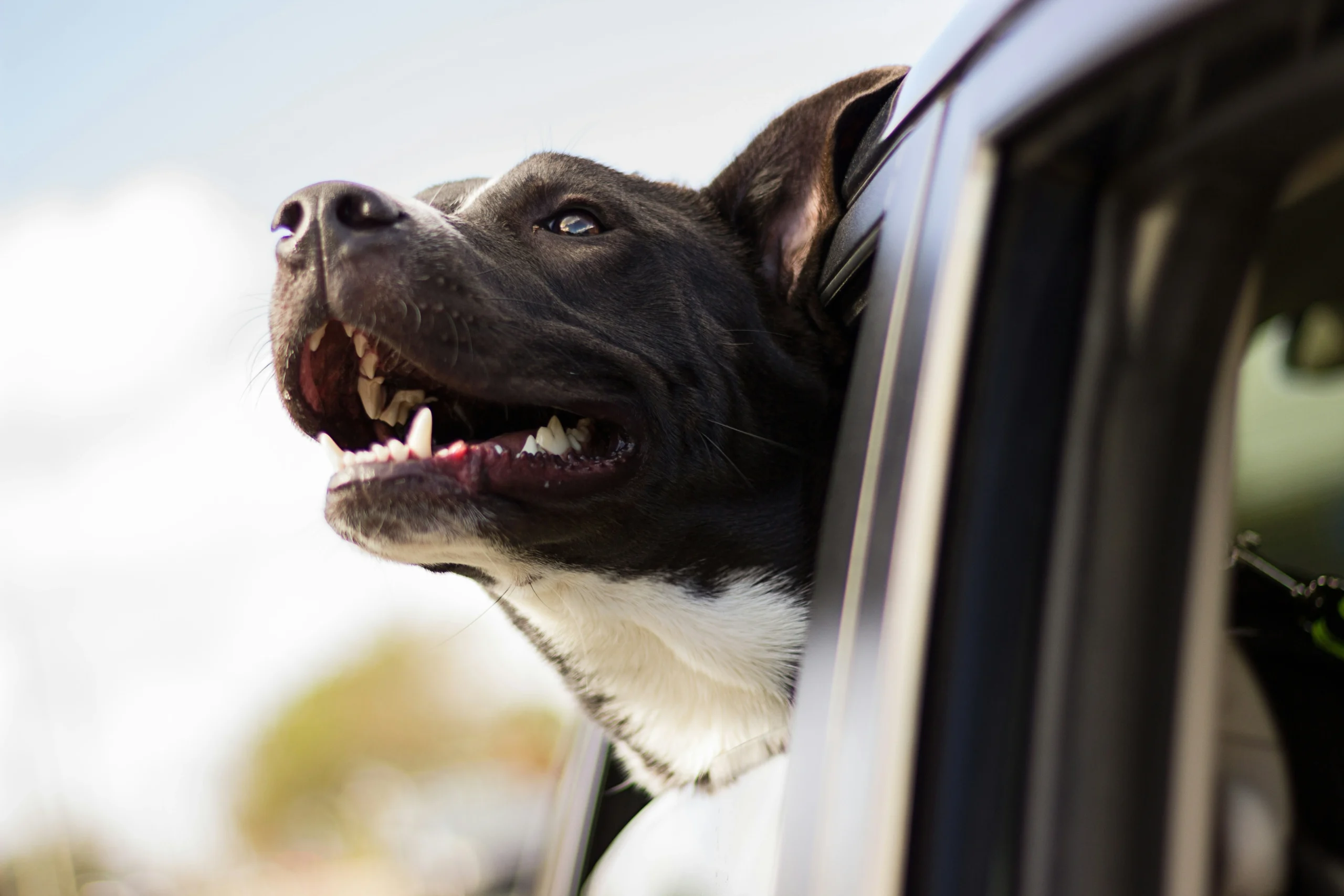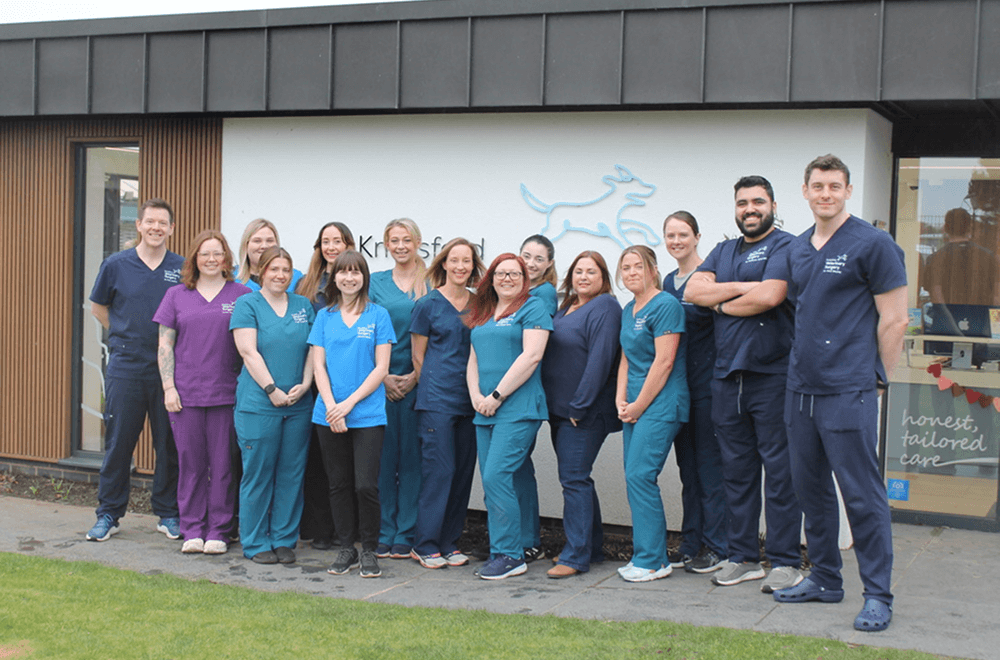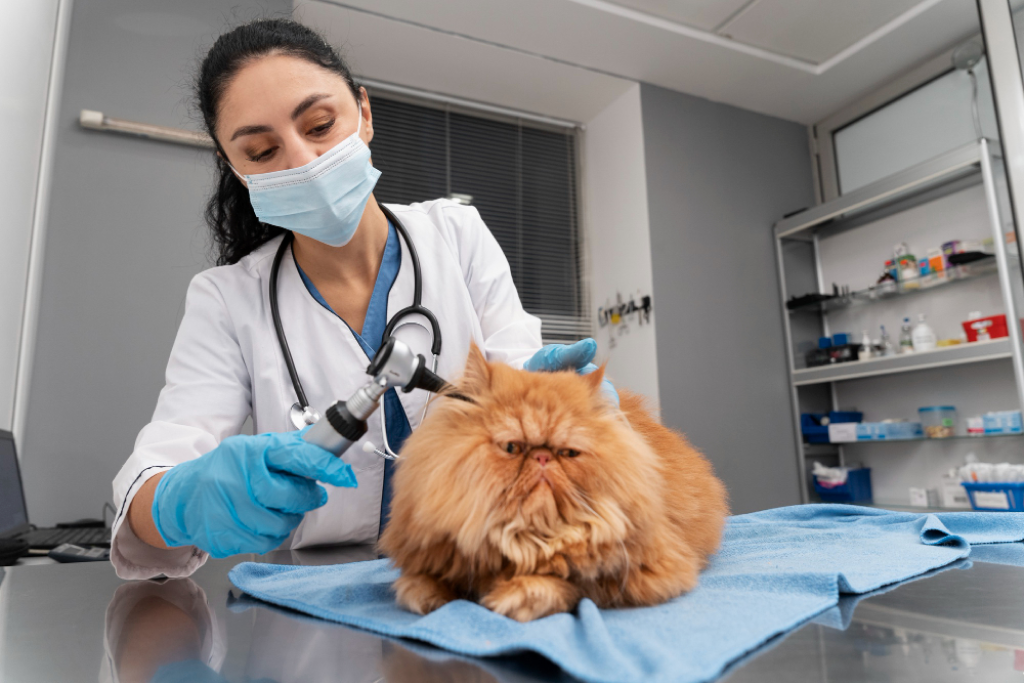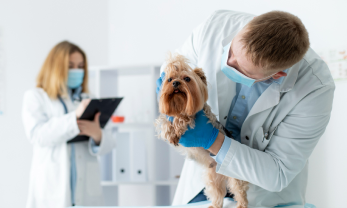Learning about Alopecia in Pets:
Alopecia is a fairly common condition in cats and dogs that results in large patches of partial or complete hair loss. This is different from regular shedding and moulting. In dogs, the condition can reflect problems in the skin, endocrine system, lymphatic system, and immune system.
In cats, there are two types of alopecia; congenital alopecia (commonly occurs in new-borns and kittens, and is typically related to breed and genetics), and acquired alopecia (caused by an underlying secondary condition).
There are a number of potential causes of the condition, such as parasites, allergies, infections, and hormonal problems, and there is usually more than one contributing factor, but the good news is that alopecia is often treatable once your vet has determined any underlying causes.
What Causes Alopecia in Cats & Dogs
There are a number of factors and other conditions that can cause or contribute to alopecia developing in cats and dogs, and in most cases, more than one factor will be responsible.
What Causes Alopecia in Dogs?
Common causes of alopecia in dogs can include:
- Fleas, mites, and lice
- Skin allergies (Atopic Dermatitis)
- Hormone conditions (such as hypothyroidism and Cushing’s disease)
- Contact alopecia (when something rubs against and removes hair from a specific area)
- Seasonal alopecia (some breeds regularly develop alopecia in the autumn that lasts for 6-12 months)
- Wounds and scars
- Skin infections (Bacterial and Yeast)
- Over-grooming
- Genetics (Alopecia in dogs can be inherited)
- Ringworm (Dermatophytosis)
What Causes Alopecia in Cats?
Common causes of alopecia in cats include:
- Itchy skin (with potential underlying causes of fleas, atopy, and allergies)
- Stress
- Pain
- Skin infections
- Feline eosinophilic granuloma complex (causing painful red patches of hairless skin)
- Hormone conditions
- Wounds and scars
- Ringworm (Dermatophytosis)
- Genetics and breeding
Symptoms of Alopecia in Cats & Dogs
Often, the symptoms of alopecia in cats and dogs depend on underlying causes. Below we have outlined some common symptoms of alopecia in cats and dogs, however it is important to remember that the condition will present differently from case to case.
Symptoms of Alopecia in Dogs
Common symptoms which can occur alongside alopecia in dogs include:
- Mild to severe scratching
- Red, inflamed skin
- Thickened skin
- Skin that is oozing, bleeding, malodorous, or pigmented
- Papules, pustules, plaque, or hives
Symptoms of Alopecia in Cats
Common symptoms which can occur alongside alopecia in cats include:
- Being obviously itchy, licking, gnawing, and biting their skin
- An increase in hairballs
- Other skin abnormalities (such as redness, bumps, sores, or crusts)
- Changes in appetite
- Vomiting and/or diarrhoea
- Changes in energy levels
- Increased thirst and urination
- Enlarged abdomen (this may look like a pot-belly)
- Conjunctivitis (in cats with allergies as a cause)
- Inflammation (in cats with allergies as a cause)
It’s important to recognise that cats can be very good at hiding the symptoms of their health conditions. For example, just because you don’t notice them itching excessively, doesn’t mean that they aren’t doing it in private. As such, it’s important to monitor for a range of signs and symptoms.
How We Diagnose Alopecia in Cats & Dogs
Vets must take appropriate steps to identify the cause(s) of alopecia in cats and dogs, and will first take a detailed medical history to check for any obvious factors. Your vet will then perform a physical examination, followed by other diagnostic tests such as:
- Wood’s lamp (to detect Ringworm)
- Fungal culture
- Cytology (including skin scrapings and biopsies)
- Blood, faecal, and urine tests
- Allergy testing
- Food trials
- Imaging
Treatment Options for Alopecia in Cats and Dogs
The treatment for alopecia in cats and dogs depends entirely on the cause(s) of the condition. Once your vet had identified any underlying causes, one or more of the following treatments may be recommended:
Treatments for Alopecia in Dogs:
- Food trials
- Medications (such as antibiotics, antifungals, steroids, antihistamines, anti-inflammatory medication, or antipruritic medication)
- Topical therapies (such as medicated shampoos, sprays, and ointments)
- Recommendations for alterations to their home environment
Treatments for Alopecia in Cats:
- Use of an Elizabethan collar may be recommended where cats excessively lick or bite the skin
- Parasitic treatments
- Topical therapies (such as mousse, or ointment)
- Systemic antibiotics or antifungals
- Other medications (such as prednisolone, cyclosporine, and/or antihistamines)
- Behaviour-modifying medication and environmental enrichment
- Elimination diet trial
Veterinary Dermatology at Knutsford Vets
At Knutsford Vets, we offer a range of dermatology services for cats and dogs and have lots of information and advice in our dermatology hub.
If you notice the signs of alopecia in your pet, get in touch with us as soon as possible to arrange a consultation; some of the symptoms of alopecia can makes your pets miserable, therefore it’s important that we get the the bottom of the cause of the condition and begin treatment as soon as possible.
Experience honest, tailored care. Book online today.








